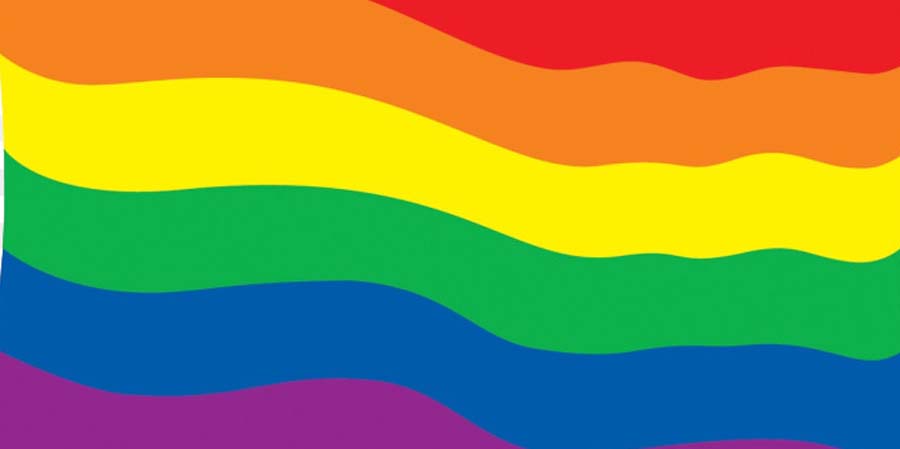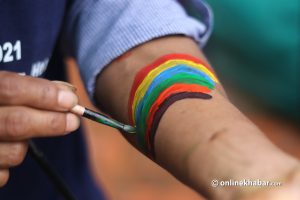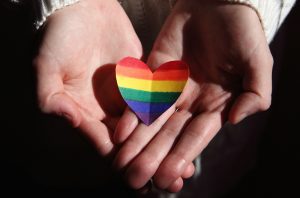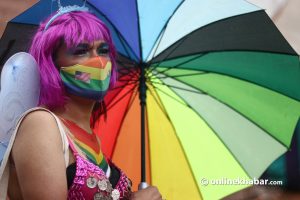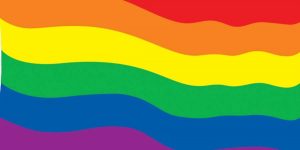The month of June is dedicated to the LGBTQIA+ community celebrating and marching for their rights. While the world celebrates Pride Month, many members of the community, nonetheless, continue to face discrimination and hatred daily.
But, in fact, Pride Month’s worth rests here as it is also a voice against such discrimination and hatred. this Pride Month is more than a celebration.
In the meantime, there are many important events in history in their struggle in the world as well as in Nepal. Here is a list of the key events, first coming from world history, then also from Nepal, that the LGBTQIA+ community commemmorates.
1. The Stonewall Riots
A riot at the Stonewall Inn in the United States in 1969 (later known as the Stonewall Riots) was a major turning point for the LGBTQIA+ community. Every year on June 28, this procession is held all over the world. After a police raid at the Stonewall Inn, the Stonewall Riots erupted. The community was enraged by persistent discrimination and rioted for six days. The annual Gay Pride parades, which are now celebrated all over the world, are commemorated by the protest through the streets of New York City.
2. The HIV/AIDS epidemic
In the 1980s, the United States was the epicentre of the HIV/AIDS epidemic. In 1981, doctors treating gay males in Southern California, San Francisco, and New York City recognised the condition in large numbers. When AIDS initially appeared in the United States, it mostly affected men who had intercourse with other men, haemophiliacs, and heroin addicts. In the 1980s and 1990s, the disease’s predominance among gay men in the United States resulted in a stigma towards homosexuals, as well as widespread fear and misinformation about how AIDS transmitted. However, as superstars such as Rock Hudson and Freddie Mercury acknowledged that they had HIV, and Magic Johnson acknowledged that he had the virus and committed his retirement to educate others about it, perceptions began to shift.
3. Nepal Pride Parade
The first-ever pride parade in Nepal took place in 2019. On June 29 that year, the Pal Queer MOGAI Pride Parade was held in Kathmandu. The 29th of June has been designated as Pride March Day in Nepal. Queer Youth Group collaborated with Queer Rights Collective to organise the Pride March. Since the end of the Maoist insurrection in 2006 and the abolition of the feudal monarchy two years later, an openly gay politician was elected in the parliament in 2008. In 2007, the Supreme Court decided on anti-discrimination legislation and put in place measures to ensure LGBTQIA++ individuals equal rights as citizens, resulting in the first Pride March in 2019.
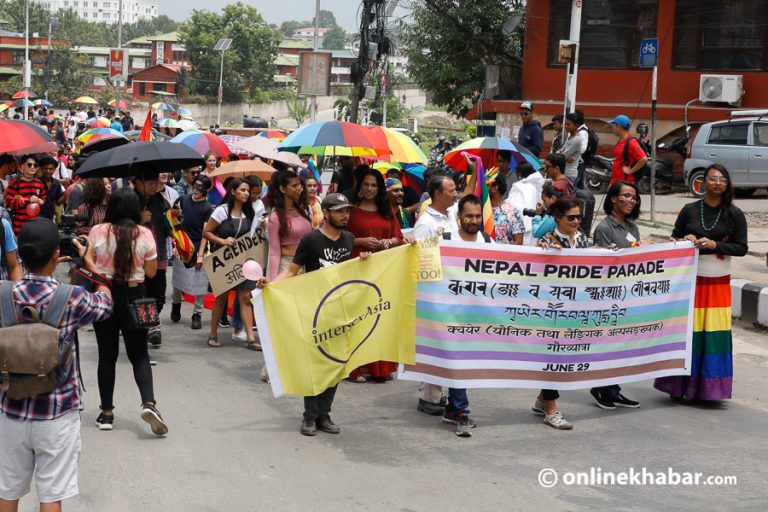
4. Gai Jatra Third Gender March
Blue Diamond Society organises an LGBTQIA+ March on the Newar festival of Gai Jatra (Saa Paaru) every year. They do not call this a Pride March. But technically being a pride march, Blue Diamond Society has been celebrating the festival of crossdressing. Blue Diamond Society organises brings LGBTQIA+ people to dance on the streets during this festival. Unlike other pride marches in Nepal, it is not seen as a political movement, but a celebration of an existing festival.
5. Right to marry
In 2007, the constitution recognised LGBTQIA+ rights as fundamental human rights, guaranteed protection for gender and sexual minorities, and legalised homosexuality, following a Supreme Court verdict. However, Nepal’s Supreme Court did not decide in favour of laws guaranteeing full rights to LGBTQIA+ individuals until November 17, 2008, when it declared that all gender minorities must be classified as “natural persons” under the law, which includes the right to marry.
6. Citizenship/passport rules
Nepal is one of the few countries in the world that allows transgender people to identify as the third gender on their identification documents. The judgment follows a 2007 Supreme Court verdict in which the country’s authorities were compelled to change the country’s legislation to incorporate the third gender. The 2011 census was the first time a national government attempted to count its citizens by gender.
7. Acceptance of transgender people in beauty contests
According to LGBTQIA++ campaigners, Nepal is one of just a few dozen nations in the world that admit trans candidates in national pageants, and the third in Asia after Myanmar and Mongolia. Angel Lama is the first transgender lady to walk the Miss Universe Nepal finals runway in 2017, creating history as Nepal’s first transgender woman. She was also the first transgender to represent Nepal as her country.



